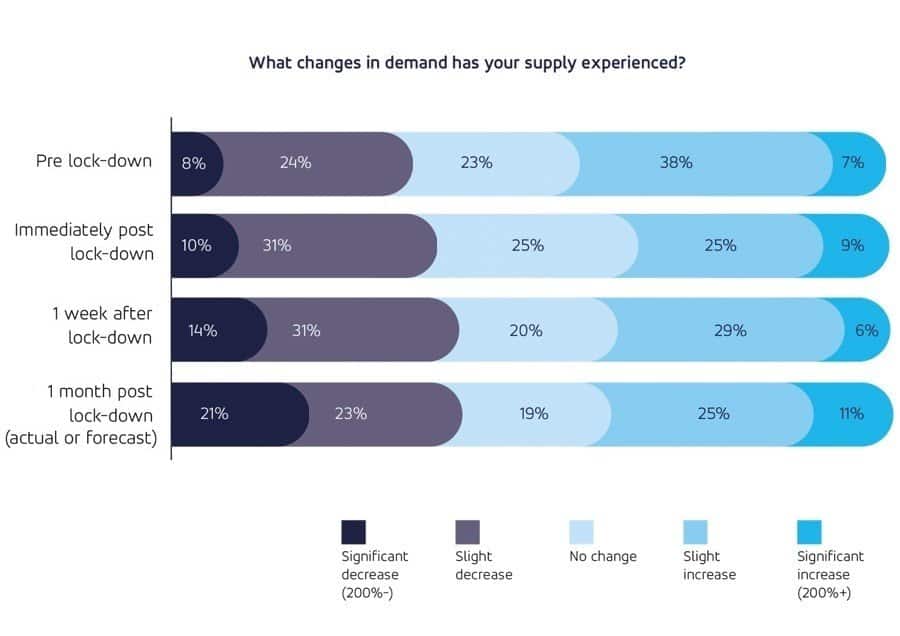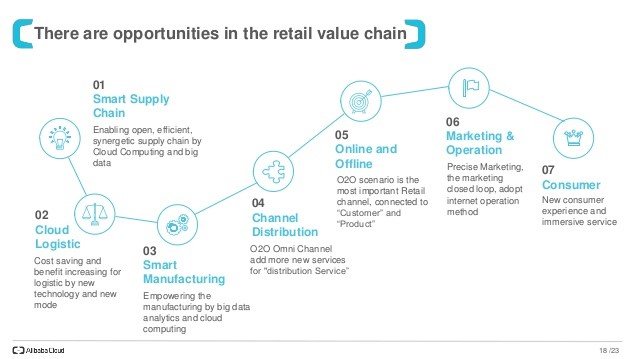Table of Contents
We need to understand that every business, regardless of its stead, has been impacted by the pandemic. With the induced economic repercussions ranging across diverse industry verticals, smooth-sailing for most entrepreneurial ventures, even post-lockdown, is highly improbable.
Nevertheless, the dynamic nature of the global economic landscape has a snowballing effect on most businesses. This means that for businesses to grow and stay in the range of profitability, financial recovery is imminent. Based on the existing scenarios, a shift in purchasing priorities, and an inclination toward essentials, the retail sector looks like the most promising arena for initiating a worldwide economic restructuring.
In simpler words, the onus lies upon the retail industry for kickstarting financial recovery. As and when people start making purchases like before, the money starts rolling from one point to the other; thereby aiding in speedy recovery.

Fig 1: Initial retail experience (Courtesy: IT Supply Chain)
Then again, in the post-covid19 era, it wouldn’t be easier for the retailers to penetrate through the impervious clients and persuade them to make purchases. The COVID-19 pandemic has changed buyer personas and the mindset of individuals towards purchasing. Based on the current scenario, retailers will have to toil harder and make use of advanced data analytics and even cloud computing for making inroads into the customer minds.
Data Churning is the Key
The post-pandemic era is brimming with truckloads of structured and unstructured data. For the retail industry to grow, it is necessary to aggregate the existing insights based on customer sentiments and technological requisites.
The new normal suggests that unless retailers can build trust among the customers, it will be impossible to generate sales. The only way for trust-building to work is by acquiring, processing, and deploying customer data, to target extremely specific preferences. For businesses, the focus should be on exponentially amplifying customer experience while ensuring that they make informed decisions when buying is concerned.
Reckless targeting, shoving products in the face, or using analytics for randomly suggesting items based on searches should take a backseat, especially when marketing and sales strategies are concerned.
Despite data processing and deciphering being the most appropriate tools in the post-pandemic era, especially for retailers, the implementations are often thwarted by the data silos and legacy systems. Poor data management infrastructure strangles the real-time sharing of insights and even jeopardizes the security of user data.
Data Analytics and Cloud Computing to the Rescue
Retailers must immediately more to the cloud, to leverage the benefits of the advanced computing techniques while minimizing the workload on on-premise systems. Data analytics works around every legacy system and makes sure that the companies have the best set of actionable data to drive sales and target customers, accordingly.
A cloud-based approach makes the retail sector scalable; thereby envisioning faster operations and product cycles. However, the role of data analytics clubbed with advanced data modeling technologies hogs a majority of the limelight.
Data analytics opens up a door for predictive analytics, allowing retailers to pin-point the exact set of customer requirements, based on sentiment, behavior, online navigations, cart abandonments, time spent of the website or platform, and other metrics. Data modeling for predicting sales is an effective approach in this post-covid19 era.
To top it up, the retailer must adopt cloud technologies that can help them process fragmented, granular, and even semi-structured data without having to rely on high-end systems. This way, every aspect of the supply chain can be customized based on customer preferences and retail expectations. For instance, a regular retailer might be able to implement data modeling, predictive, and cloud solutions in cohesion to pre-order the most-ordered products and ensure that the items never run out of stock.

Fig 2: Impact of Cloud Migration
The on-demand processing concurrency allows retailers to create similar supply chain-centric models without encountering performance issues.
How to Use and Implement?
The likes of Amazon Web Services, Cloud SQL, Enterprise DB, and even Azure are powerful cloud databases that can be paired with a host of data analytics tools. Retailers can pursue the preferred one based on their levels of expertise and even the complexity of the data sets. However, if the primary concern is to analyze data while approaching the same from a predictive, descriptive, and prescriptive point-of-view, the best tools include Apache Spark, Tableau Public, and R Programming.
The Future for Retail!!!
Post-Covid19, retailers should focus on suggesting the best and relevant products to the customers while simplifying their experience with the website or the concerned platform. Therefore, the subsequent approaches must include leveraging the functionality of the advanced IT solutions while delivering value and eventually achieving the preferred business bottom-line.
